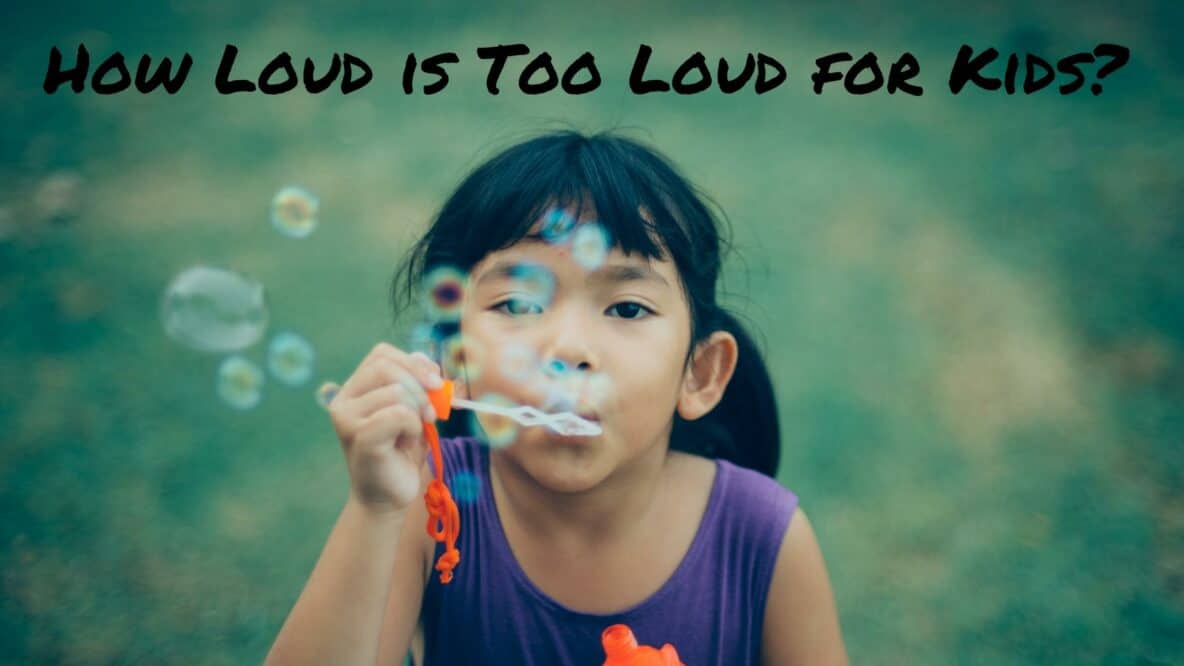Not all trends that sweep the world’s youth are harmless. We can all agree that the majority of younger folks we see are almost always connected to their phones. And that isn’t necessarily always a bad thing. They’re highly connected and empathetic, perhaps as a result of their global perspective. But, unlike the good vibes produced by TikTok dances and ice bucket challenges, the constant connection to personal devices also exposes younger generations to highly unsafe levels of noise exposure.
Potential long-term damage to hearing health among young adults is a global concern. The World Health Organization warns that “among teenagers and young adults aged 12–35 years in middle- and high-income countries, nearly 50% are exposed to unsafe levels of sound from the use of personal audio devices.” As we watch technological behaviors change in our children and grandchildren, how can we protect their vital hearing health?
Hearing loss in teens on the rise
In the US, a study was done examining the prevalence of hearing loss among teenagers. This large-scale data collection, known as the National Health and Nutrition Examination Survey, found that damage to hearing rose from 3.5% to 5.3% between the years of 1994 and 2006. We can say with the wisdom of hindsight that the ubiquity of personal devices and headphones has only increased in the ensuing years.
Experts in the field are examining the real-time damage that too-loud volume levels are doing to hearing health. A pediatric audiologist, Brian Fligor has studied this phenomenon and warns parents that “we are seeing pockets of young people who have worse hearing than you would expect, much worse hearing than you would expect.”
How loud is too loud?
Our ears have tremendous capability to receive sound information. A lot of the heavy lifting is done in the inner ear, where sensitive nerve cells collect this information and transmit it to the brain for processing via the auditory nerve. We are born with a finite number of inner ear cells, which means that if they are damaged, they do not self-repair or re-grow. Damaged or deteriorating inner ear cells are a common cause of hearing loss.
We measure the loudness of sound in decibels (dB) and headphones can easily emit sounds between 85-110dB. To put that into perspective, conversation is measured at around 60dB, a lawnmower is 90dB and 110dB is about the loudness of a chainsaw.
In the context of hearing health, extended exposure to noise above 85dB is harmful to our precious inner ear cells. Cranking the volume all the way up to 110dB or greater can cause immediate hearing loss. In fact, regular exposure to sounds at 110dB for more than just a minute risks permanent hearing loss.
Ways to intervene
The best way to interrupt your young one’s unhealthy listening habits is to educate them and yourself about best listening practices. Have conversations about why dangerously loud volumes coming in through their headphones are potentially harmful. Be clear about what you expect their volume levels to remain at.
You can learn together and enjoy the process. Apps like Sound Meter can be downloaded to your smartphone so you can measure the volume of your devices or noises from the world around you. The organization Dangerous Decibels provides resources and other learning opportunities to explore.
Model good listening habits for your kids and be forthcoming about why healthy hearing is important to you. While you cannot control the volumes your children are exposed to throughout their life, you can instill the importance of monitoring sound exposure.
Invest in better headphones
If you find yourself cranking up the volume, you can invest in better noise-canceling headphones that deliver sound interrupted by external noises. If you participate in loud hobbies yourself, like snowmobiling or attending loud concerts, think about investing in protective ear wear.
If you think that you or your children are at risk for hearing loss and would like to start the proactive habit of monitoring your hearing health, make an appointment for a hearing consultation. Our highly trained team of hearing health professionals are excited to help you and your family chart a strong path forward!

